LAB REPORT
Science and Technology Making Headlines
Dec. 9, 2016

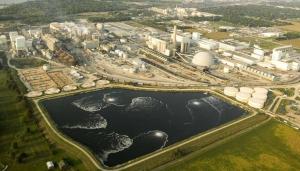
LLNL researchers are working on technology to capture manmade carbon dioxide at its source: from the smokestacks of power plants.
Scrub that CO2 out of the air
The challenge of capturing greenhouse gasses from a power or manufacturing plant may seem quite difficult. But Joshuah Stolaroff and his team at Lawrence Livermore are refining two clever technologies that can do just that.
To capture carbon dioxide (CO2), the team first came up with a filter system made up of tiny microbubbles. Their coating allows the CO2 gas to pass through, where it's absorbed by a special material inside. To make it easy to round the bubbles up later, they added in metallic particles.
While work on the microbubble filters continues, the team recently came up with a second CO2 strategy that takes advantage of a manufacturing revolution -- 3D printing. The results are mesh like filters with a huge surface area that when it comes into contact with CO2, it absorbs it like a sponge.

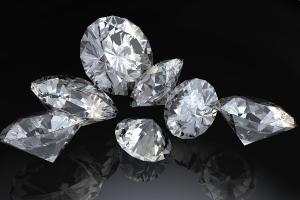
Diamonds are the hardest substance on earth, but Lawrence Livermore scientists have found a way to liquefy them.
These rocks lose their shape
Lawrence Livermore scientist Jon Eggert knows how to liquefy one of Earth’s greatest treasures.
He can turn diamond into a liquid without it turning into pure carbon (diamond’s main ingredient).
He used 15,000 atmospheres of pressure and extreme temperatures to create liquefied diamond. In essence, in the lab, he cracked the code to melting diamonds in which diamond floats on a liquid of carbon.
Outside of the lab, these conditions could only be found on the interior of planets, like Neptune, which could contain the greatest trove of diamonds in the universe.

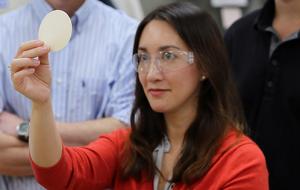
Lab researcher Jennifer Rodriguez examines a 3D printed box that was "programmed" to fold and unfold when heated.
3D printing future unfolds at Lab
A researcher at Lawrence Livermore National Laboratory is pioneering a way to print items that could transform into other things.
Jennifer Rodriguez has spent two years at the Lab working to develop an additive manufacturing process -- a way to make things through 3D printing -- under the guidance of Lab staff scientist James Lewicki.
“You can make things you can’t ordinarily make using conventional manufacturing processes,” Lewicki said. “Rather than cutting things away to make a structure, you’re adding something.”
Instead of making a two-by-four by milling a tree and cutting away all the excess wood, a 3D printer would build a board by extruding a polymer in that specific shape.
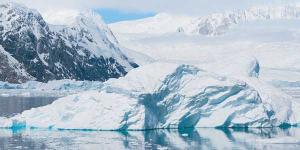
Researchers have found that thinning and retreat of the Pine Island Glacier was triggered in the 1940s.
On thin ice
The melting Antarctic glacier that now contributes more to sea-level rise than any other ice stream on the planet began its big decline in the 1940s. This is when warm ocean water likely first got under Pine Island Glacier to loosen the secure footing it had up until that point.
Lawrence Livermore researchers and collaborators figured out the timing by dating the sediments beneath the glacier. These changes can now be regarded as unprecedented in thousands of years.
Not only is the glacier going backwards, it also is thinning fast -- losing more than 2 meters in elevation every year.
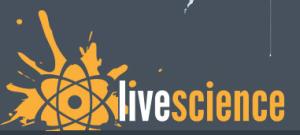
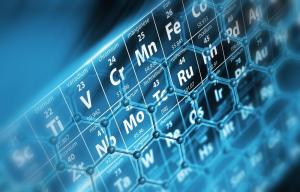
The International Union of Pure and Applied Chemistry recently announced the names of four new elements to complete the seventh row of the periodic table. Credit: isak55, Shutterstock
It’s heavy down there
The seventh row of the periodic table is now complete. And Lawrence Livermore scientists had a hand in created three of them: elements 115, 117 and 118.
Four new elements will join more than a hundred others on the periodic table of the elements, the International Union of Pure and Applied Chemistry (IUPAC) announced last week. The last time the chemistry mainstay added new elements to its roster was in 2012, when elements 114 and 116 got the names flerovium and livermorium, respectively.
After a five-month review, IUPAC chemists approved the four names for superheavy elements 113, 115, 117 and 118 proposed by the elements' discoverers. Such superheavy elements, whose atomic numbers indicate how many protons reside in each nucleus, don't occur naturally in nature, so they must be created in labs.





